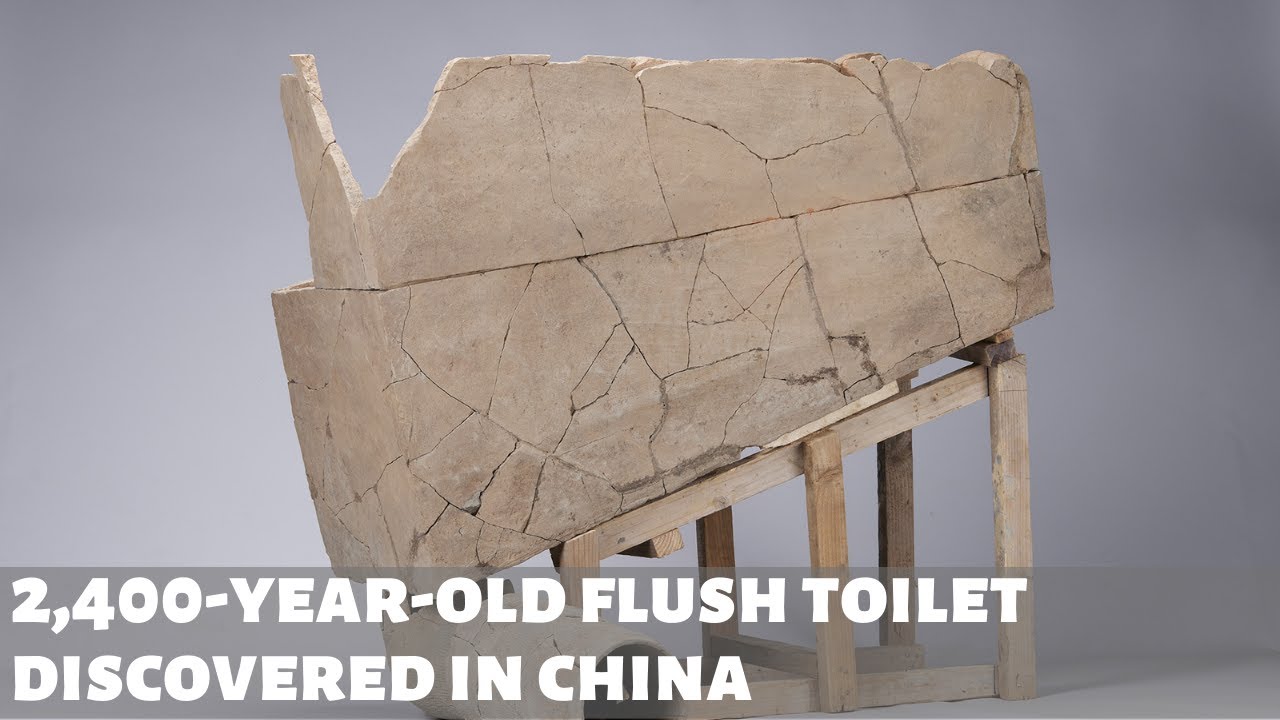2,400-year-old flush toilet unearthed in China could be one of the world's oldest

The toilet was found in the Shaanxi province's Yueyang City Ruins and was likely used by high-ranking officials during the early years of China's first unified empire.
Archaeologists in China have discovered one of the world's oldest flush toilets, a "luxury object" that was likely used by elite individuals just as China was consolidating into a unified and powerful empire.
Likely dating to between 2,200 and 2,400 years ago, the toilet — consisting of a bowl and pipes leading to an outdoor pit — was unearthed in the ruins of the palace in Yueyang City Ruins, an archaeological site in Xi'an, the capital of Shaanxi province in central China.
The ancient lavatory was likely used by high-status officials throughout China's Warring States Period (475 B.C. to 221 B.C.), when rival states fought one another for dominance and territorial control, until the Qin state emerged victorious. The first emperor of the Han dynasty, which followed the Qin dynasty, likely also used the commode about 2,200 years ago. The researchers added that the toilet didn't flush automatically; servants poured water into the bowl after each use.

















